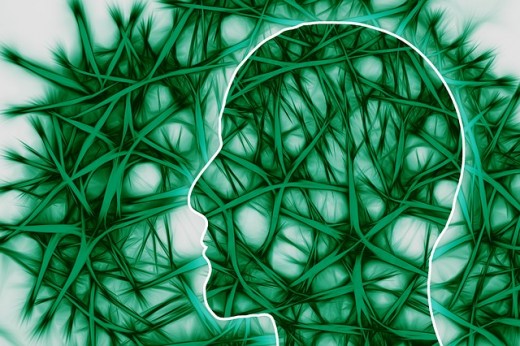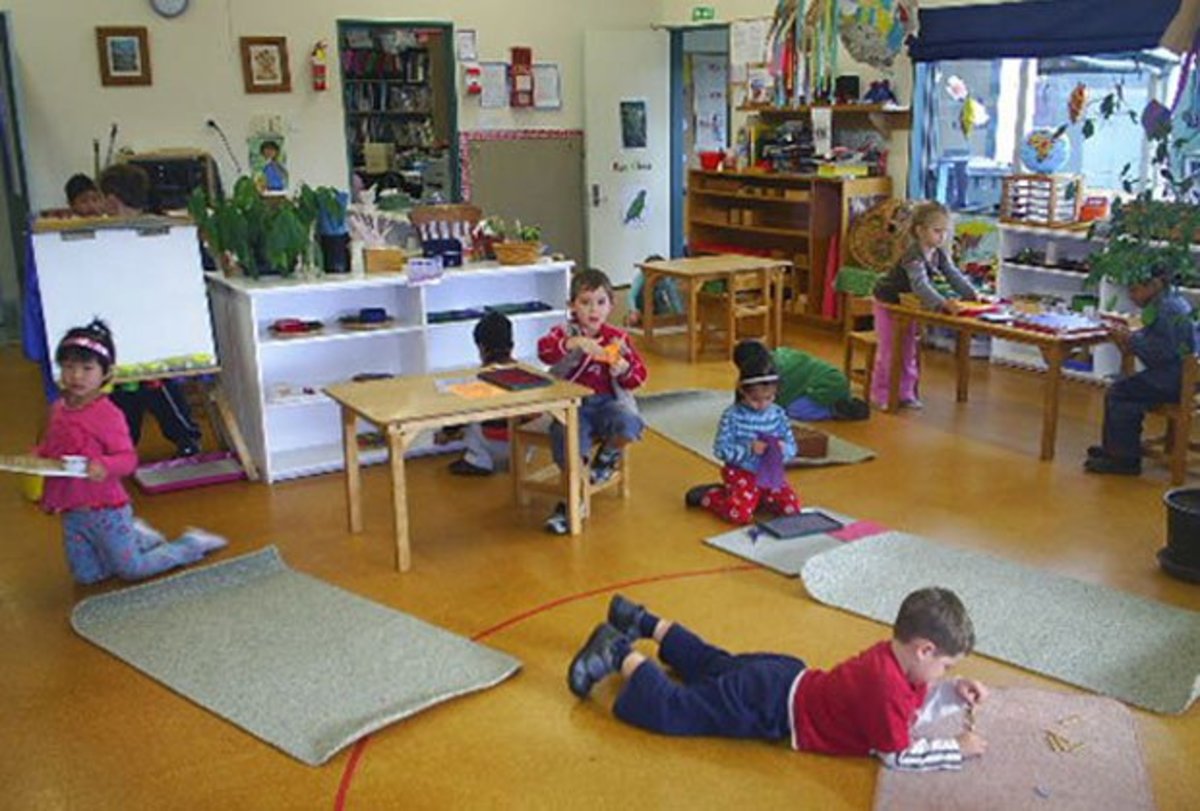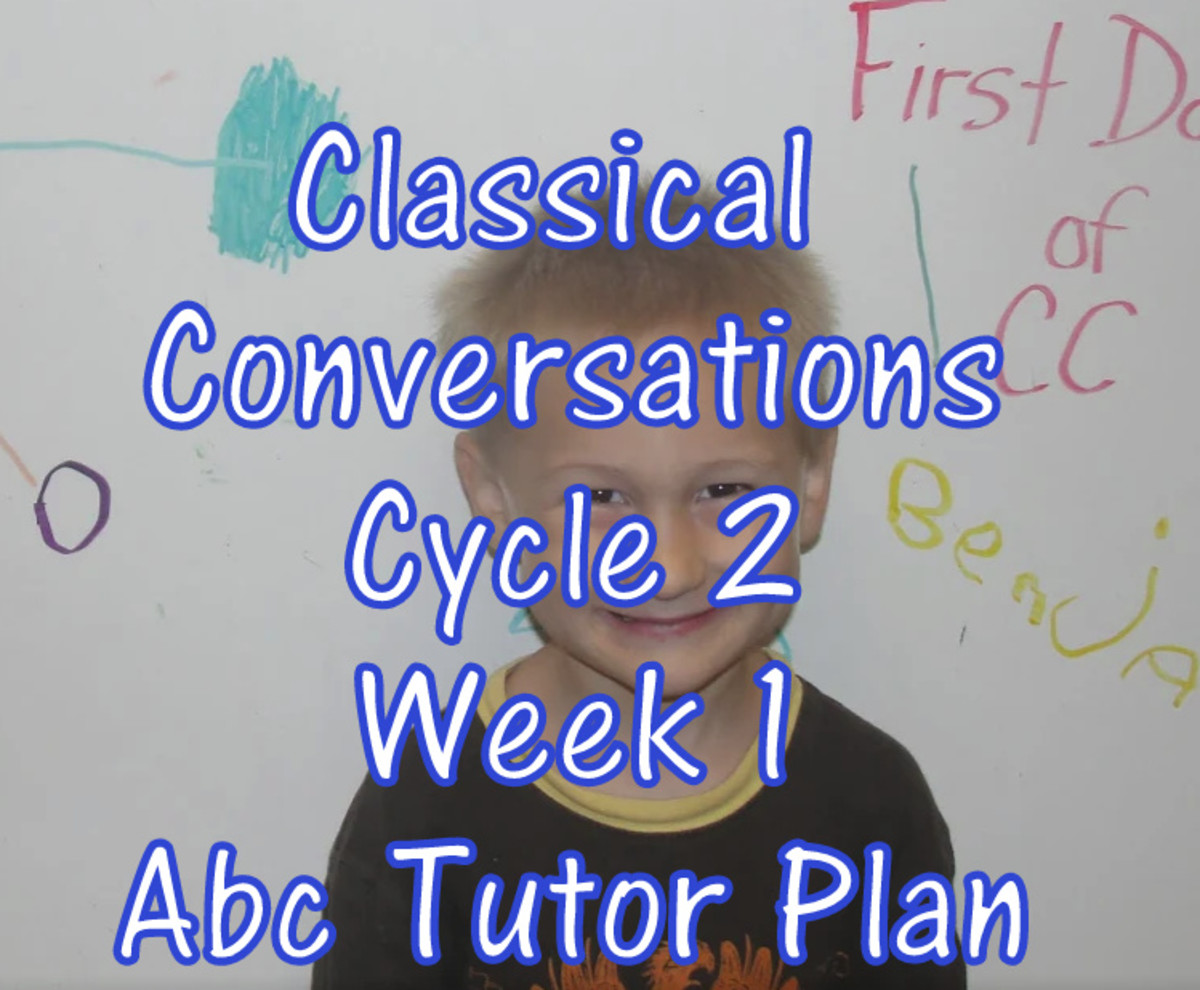Stress, Emotional Health and Learning
Michael Nagel defines stress as “an adaptive response to some environmental stimuli triggering the brain into action” (p. 34). Essentially, stress is anything that throws the body out of its stable, allostatic balance and into “threat mode”. This mode is activated by a series of chemical reactions and releases and requires an immense amount of energy, oxygen, bodily fuel, muscle power and mental acuity. To further engage the various bodily systems, the brain releases hormones and stimulates the heart, lungs, immune system and blood. This reaction is meant for emergencies, but too much stress can activates these systems too often and cause significant damage, especially in children’s developing brains.

Coping Skills
There are two types of stress that human encounter: absolute and relative stress. Absolute stress is a real threat that any person would see as a threat, such as an earthquake. Relative stress is an event or situation that an individual interprets as being “threatening, novel, unpredictable and/or out of one’s control” (p. 36). The greatest physiological response is to absolute stressors, however these are usually rare. The severity of the response to a relative stressor is based upon the person’s ability to cope.
All humans encounter various stressors throughout their life and, as a result, develop coping mechanisms to deal with the associated stress. Children often have not developed suitable coping mechanisms and therefore are more susceptible to stress. Additionally, children’s nervous systems develop throughout childhood and into adolescence, and it is not until the second decade of life that the brain fully matures. This can leave them vulnerable to the effects of stress. Prolonged stress can “reduce dendrite and neural growth in the brain, damage the brain’s adaptive systems, impair the immune system and diminish the body’s capacity to heal wounds” (p. 37). This can have an even greater effect on the developing bodies of children.

The Brain's "Threat Mode"
As educators our job is to teach, and students are to learn. However when the brain is functioning in threat-mode, not much learning is occurring. When the brain leaps into action to protect itself from either absolute or relative stress, it releases chemicals and hormones. Some of these chemicals and hormones can impact, or even shut down thinking, learning and/or memory. Cortisol is a hormone that is released into the bloodstream. This hormone impairs a person’s ability to access higher order thinking because their body is now in a “fight or flight” mode, geared for survival. Additionally normal cognitive functions are disturbed and creativity is pushed aside. Students who are constantly worrying or stressed are not operating in a normal balanced state and their brains are not able to function in a way that is conducive to learning.
The Importance of Environment
Students encounter a plethora of stressors, many are often beyond a school or teacher’s span of control, however what happens inside the school boundaries often is within control. Educators need to make an intentional effort to diminish the amount of stress students are encountering within the classroom and the school. Creating a positive school climate is key. A community classroom atmosphere, restorative justice and a caring, nurturing teacher are all ways to create an environment where students feel safe and encouraged. A differentiated classroom can also help to ease the academic-related stress that so many students face. Students who are constantly worried about the bully at recess or whether the teacher is going to embarrass them in front of the class cannot fully engage in learning. Their brains simply won’t allow it. Additionally, chronic stress can reduce dendrite and neural growth, the very mechanisms that support learning. Some stress that students encounter, we cannot control. What we can do is ensure that students feel safe and encouraged and, dare I say, even excited about school.
Reference
Nagel, M. (2009). Mind the mind: Understanding the links between stress, emotional well-being and learning in educational contexts. The International Journal of Learning, 16(2), 33-42.








